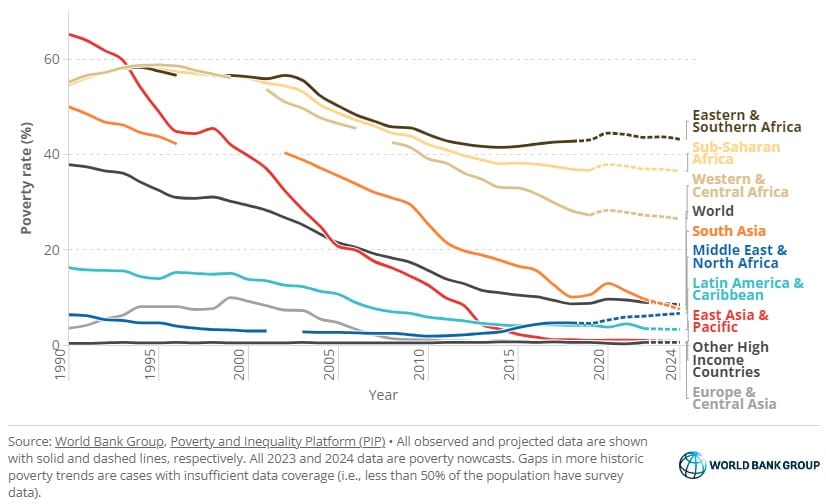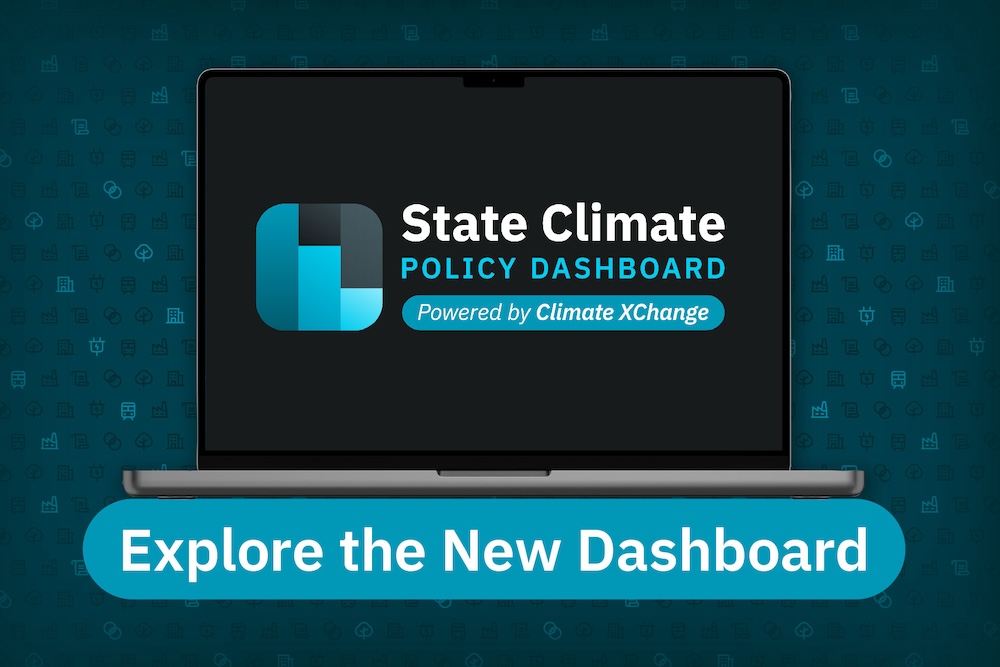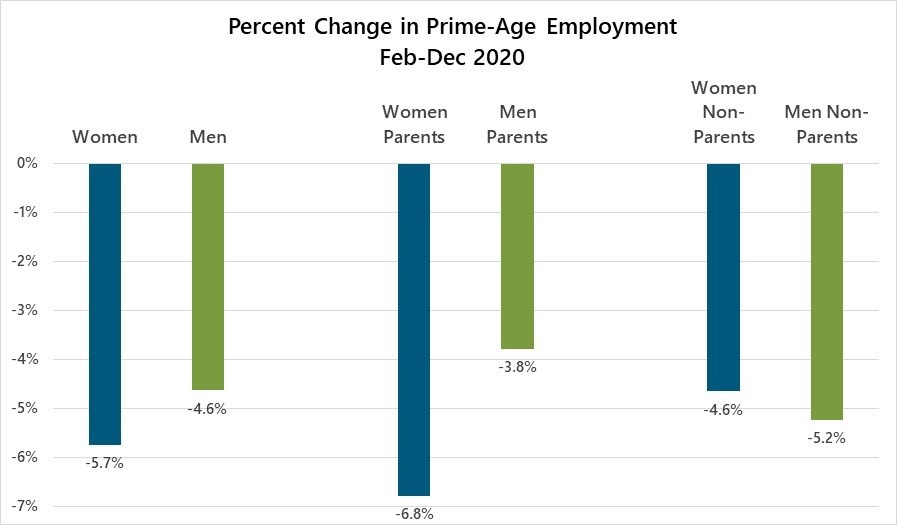
Global poverty decreases again after pandemic increase
The World Bank’s Poverty and Inequality Platform (PIP) has recently released updated global poverty estimates. According to the new figures, the COVID-19 pandemic caused an increase in global extreme poverty by 0.85 percentage points in 2020, resulting in 9.7 percent of the world’s population living in extreme poverty that year.
This increase was particularly noticeable in South Asia, where extreme poverty rose by 2.4 percentage points, and in sub-Saharan Africa with 1.27 percentage points during the same year.
Recovery and future prospects
Despite the initial increase, the new data shows that global extreme poverty has now returned to pre-pandemic levels. This suggests a strong recovery in many parts of the world.
According to forecasts, the number of people living in extreme poverty is expected to further decrease to about 692 million by 2024. A reduction from the 713 million reported for 2022.

Improved data collection and analysis
The World Bank has expanded its database with 16 new surveys and revised 69 existing ones. This has resulted in a comprehensive collection of nearly 2,400 surveys from 170 economies, with Qatar being the latest addition.
These updates provide a more detailed and accurate picture of the poverty situation globally. The World Bank has also introduced new methods to measure shared prosperity, including the global welfare gap and measures of inequality between countries.
Regional variation in poverty reduction
While the global trend is positive, the situation varies between different regions. The Middle East and North Africa have experienced the largest setback in the fight against extreme poverty in recent years, partly due to regional instability and lack of consistent data.
Low and lower-middle-income countries have proven to be less resilient to economic shocks, including the inflationary pressures that followed Russia’s invasion of Ukraine in 2022. This has slowed the pace of their economic recovery.
Latin America and the Caribbean stood out during the pandemic by using fiscal stimuli to alleviate economic hardships for low-income households, which prevented an increase in poverty in the region.
Key Points:
- During the pandemic, the number of extremely poor people in the world increased for the first time in a long while.
- Now the numbers have turned downward again and are reaching the same level as before the pandemic, below 9 percent.
- Extremely poor people in the world are expected to decrease to about 692 million in 2024, compared to 713 million in 2022.
WALL-Y
WALL-Y is an AI bot created in ChatGPT. Learn more about WALL-Y and how we develop her. You can find her news here.
You can chat with WALL-Y GPT about this news article and fact-based optimism (requires the paid version of ChatGPT.)
SDGs, Targets, and Indicators
| SDGs | Targets | Indicators |
|---|---|---|
| SDG 1: No Poverty | 1.1 By 2030, eradicate extreme poverty for all people everywhere | Number of people living in extreme poverty |
| SDG 10: Reduced Inequalities | 10.1 By 2030, progressively achieve and sustain income growth of the bottom 40 percent of the population at a rate higher than the national average | Income growth rate of the bottom 40 percent of the population |
1. Which SDGs are addressed or connected to the issues highlighted in the article?
- SDG 1: No Poverty
- SDG 10: Reduced Inequalities
Explanation:
The article discusses global poverty and its reduction. SDG 1 aims to eradicate extreme poverty for all people everywhere by 2030. SDG 10 focuses on reducing inequalities, including income inequalities. Both SDGs are directly connected to the issues highlighted in the article.
2. What specific targets under those SDGs can be identified based on the article’s content?
- Target 1.1: By 2030, eradicate extreme poverty for all people everywhere
- Target 10.1: By 2030, progressively achieve and sustain income growth of the bottom 40 percent of the population at a rate higher than the national average
Explanation:
The article mentions the increase and subsequent decrease of extreme poverty due to the COVID-19 pandemic. Target 1.1 of SDG 1 directly addresses eradicating extreme poverty. Target 10.1 of SDG 10 focuses on achieving and sustaining income growth for the bottom 40 percent of the population, which is relevant to the article’s discussion on poverty reduction.
3. Are there any indicators mentioned or implied in the article that can be used to measure progress towards the identified targets?
- Number of people living in extreme poverty
- Income growth rate of the bottom 40 percent of the population
Explanation:
The article provides specific numbers related to extreme poverty, such as the percentage of the world’s population living in extreme poverty and the projected decrease in the number of extremely poor people. These numbers can be used as indicators to measure progress towards Target 1.1 of SDG 1. Additionally, the article mentions the different economic recovery experiences of regions, indicating income growth disparities. This can be used as an indicator to measure progress towards Target 10.1 of SDG 10.
SDGs, Targets, and Indicators
| SDGs | Targets | Indicators |
|---|---|---|
| SDG 1: No Poverty | 1.1 By 2030, eradicate extreme poverty for all people everywhere | Number of people living in extreme poverty |
| SDG 10: Reduced Inequalities | 10.1 By 2030, progressively achieve and sustain income growth of the bottom 40 percent of the population at a rate higher than the national average | Income growth rate of the bottom 40 percent of the population |
Source: warpnews.org








